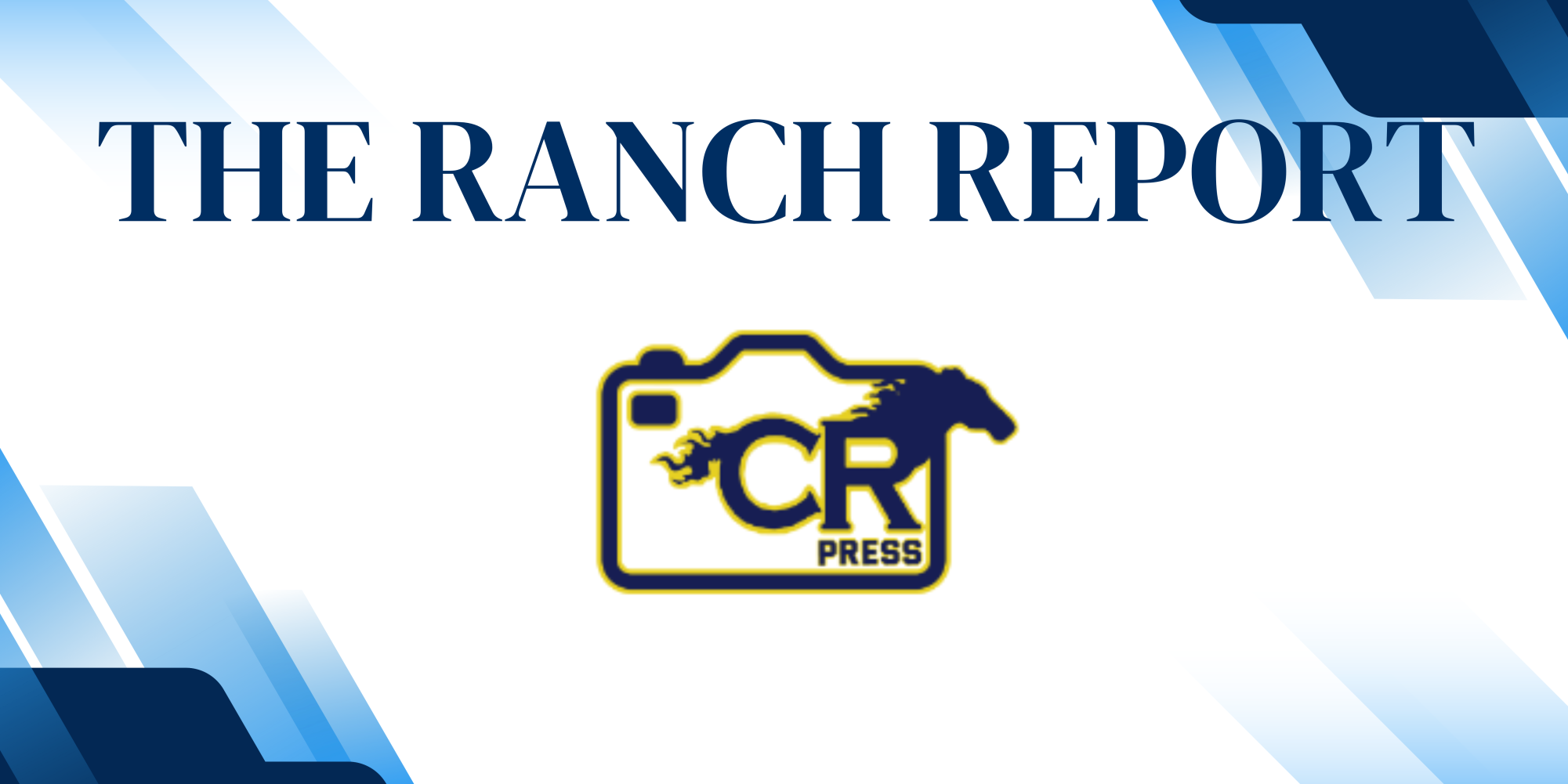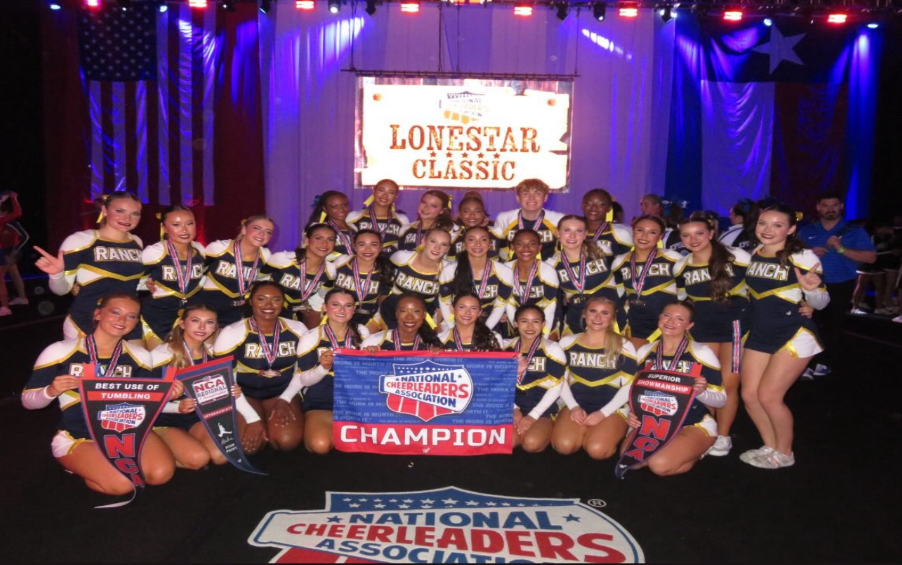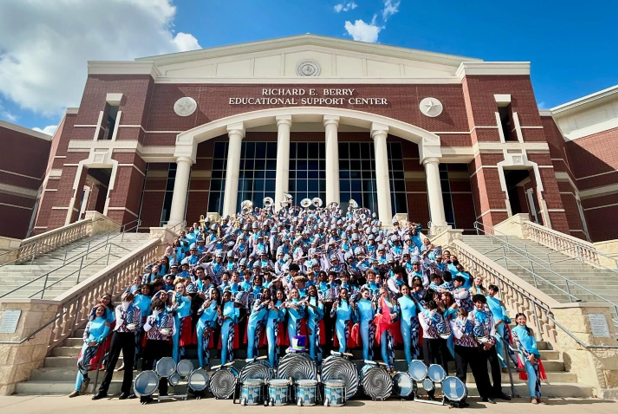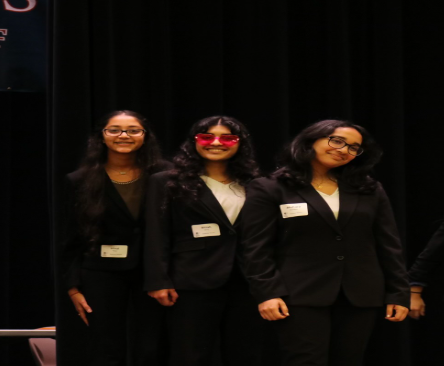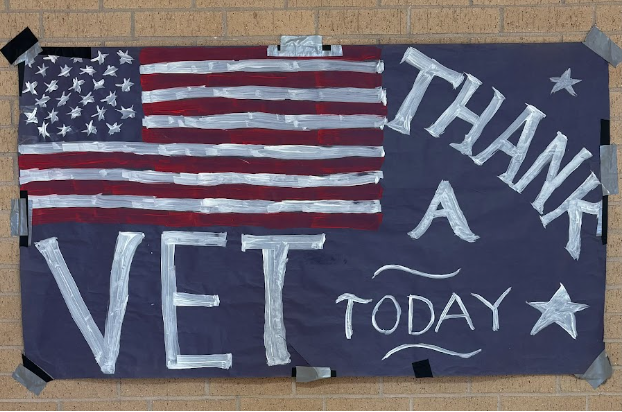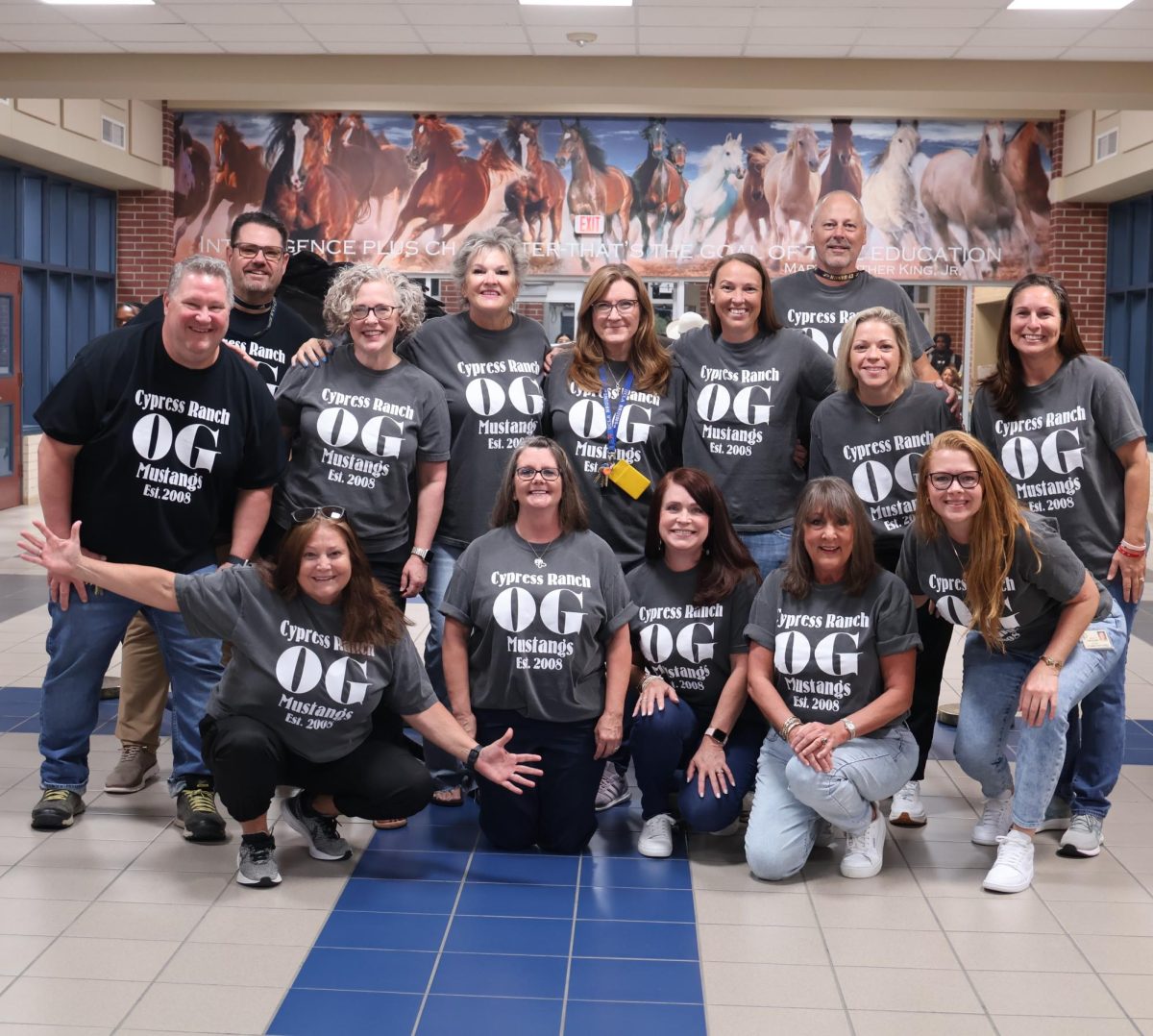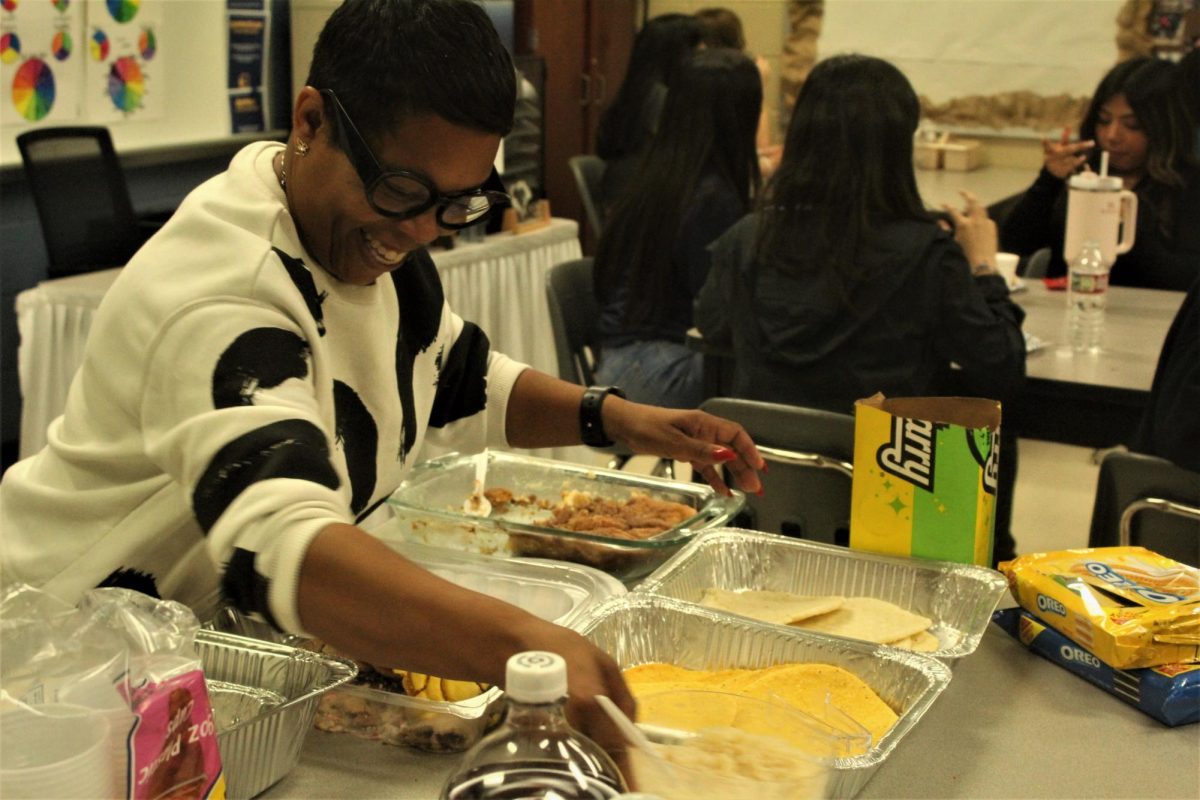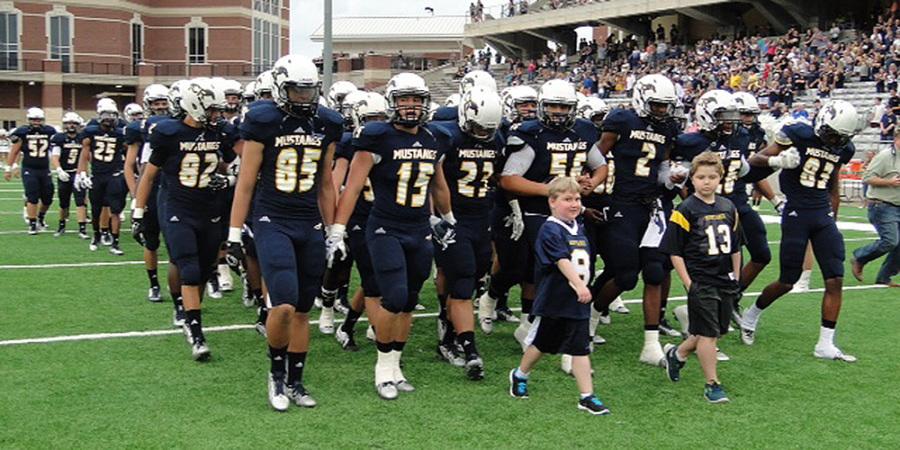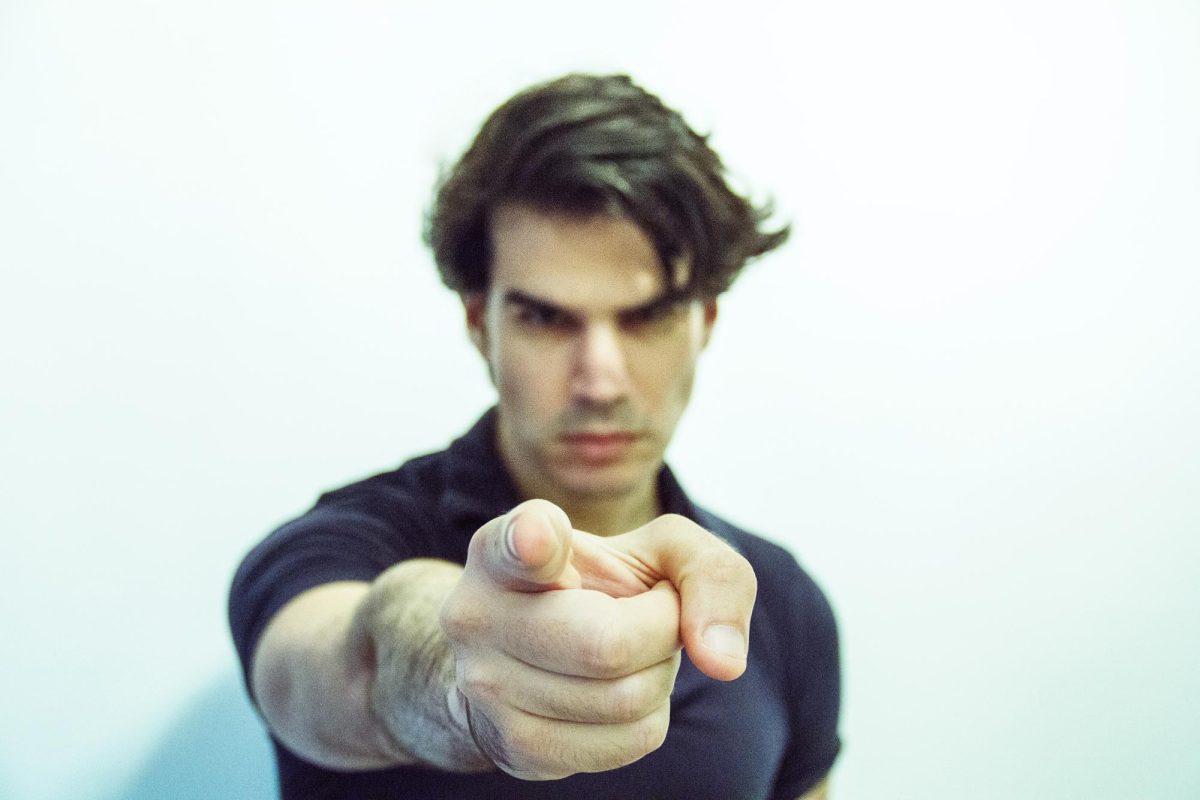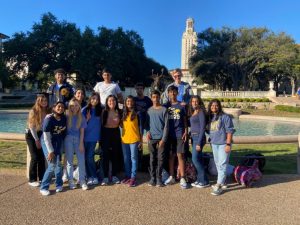The History Behind Indigenous Peoples’ Day
October 11, 2021
Indigenous Peoples’ Day is celebrated on the second Monday of October each year. This year, the holiday falls on Monday, October 11th. But, what is it?
Indigenous Peoples’ Day is dedicated to Native Americans and other Indigenous peoples, honoring their place in the nation and our society. The holiday was first proposed due to rising discrimination and inequality against Indigenous peoples, and has held a rocky execution since.
The holiday falls on the same day as Columbus Day, which is absolutely intentional. Due to rising education on the colonization of America, with Columbus being the center of it, many are realizing the truth behind the infamous historical figure.
Columbus is known for his alleged discovery of America, but there were already many people living in present-day America. He never actually discovered America nor stepped foot on it. In fact, Columbus first set foot on the Bahamas as we know it today. He explored South America, from places like present-day Cuba to the Dominican Republic.
Throughout his voyages, he was known for his inhumane treatment of Indigenous peoples, including enslavement and mutilation. So, many began to raise questions as to why Columbus deserved a nationally recognized holiday. Many proposed that the United States should dissolve Columbus Day, and replace it with Indigenous Peoples’ Day. Ever since, the holiday has been unofficially celebrated in the US.
This year, Indigenous Peoples’ Day began to gain federal acknowledgement, with President Joe Biden being the first US President to recognize the holiday. On October 8th, President Joe Biden signed a proclamation deeming Indigenous Peoples’ Day as a federally recognized holiday. This year, Americans all over can celebrate the national holiday on October 11th.
